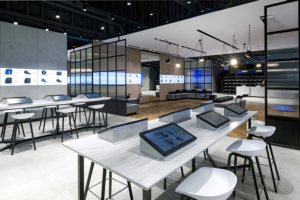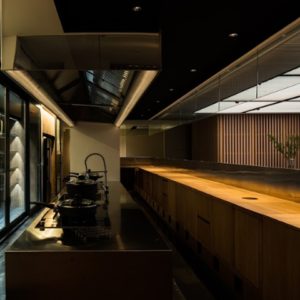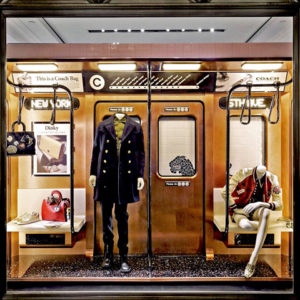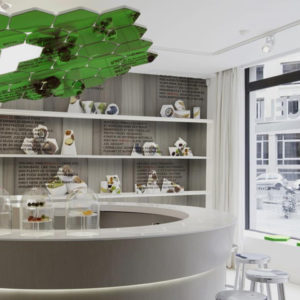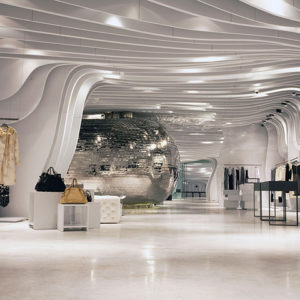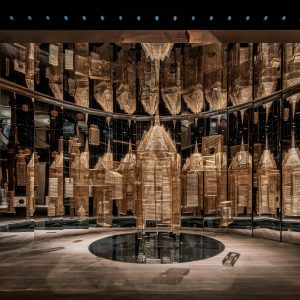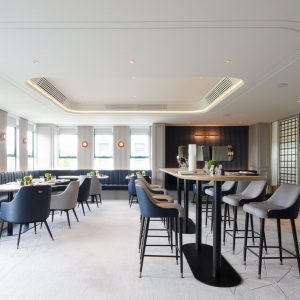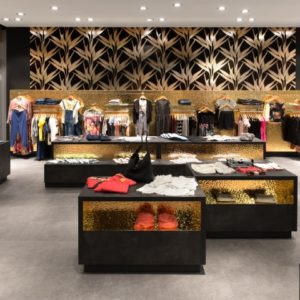

In what has become an exquisite miscegenation, designers aren’t just pairing the historical and the contemporary; they are grafting, splicing, meshing, mating and dovetailing them. In mastering the approach, Barcelona-based architects Ricardo Flores and Eva Prats steadfastly refuse to privilege one era over another. Sometimes the grafting is more seamless and sometimes – as in their first theatre commission, the rehabilitation of Barcelona’s former social club Pau i Justicia into the new Sala Beckett / Theatre and International Drama Centre – they celebrate seams.
Early on, the theatre director asked Flores & Prats ‘not to frighten the ghosts’ in the building. Although found in a state of ruin, the complex now includes classrooms, two theatres, and a bar annex restaurant. ‘For actors and playwrights, those spaces filled with the lives that have passed through them are an aid to their work,’ Prats said. ‘For drama students, the concept of undoing and doubting is intrinsic to their formation. The unfinished, the process, memory, the overlapping of times and lives and voices – all these elements exist both in their work and in the building.’
The architects did not want to return the ‘ruin’ to its original condition or even to capture it in time. Instead, they made it ‘participate, with its unfinished character and overlapping epochs’ in a new inclusive identity, creating a space in which ‘you cannot distinguish what came before and what came after,’ said Flores of ‘a space that can be updated continually.
The biggest challenge you face when you want the ghosts and the ruin to remain as you found them lies in adapting a 1920s building to the technical requirements of a contemporary performance space and, at the same time, making it look as if you did not touch it at all.’
In fact, they touched it a lot: inventorying, refurbishing and reusing anything from existing signs, tiles, windows and wooden doors to hangers, mouldings and wall rosettes – 35 of 40 original doors and 19 of 22 windows were recuperated – so that ‘during the construction, everything happened in the building, and yet, in the end, it seems as if nothing had happened there at all.’
The labour-intensive inventory included the meticulous drawing of each old element, in part to determine its best new use. Prats stressed that ‘drawing is essential as a tool for observing and recording time. It has taught us to superimpose different periods in a single document and let us develop projects that arise out of those that came before, that insert new lives into old buildings and make them coexist. This interest in ‘touching’ the walls allows us to treat history without distance, and that is the only way to make the past a part of our lives again.’
Designed by Flores & Prats
Photography by Adrià Goula
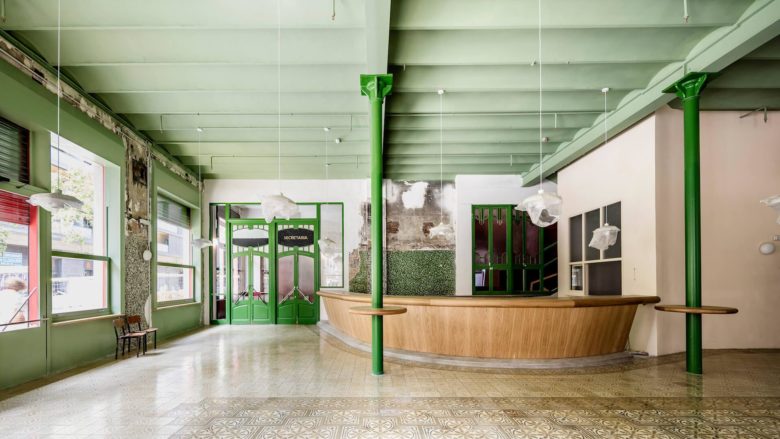
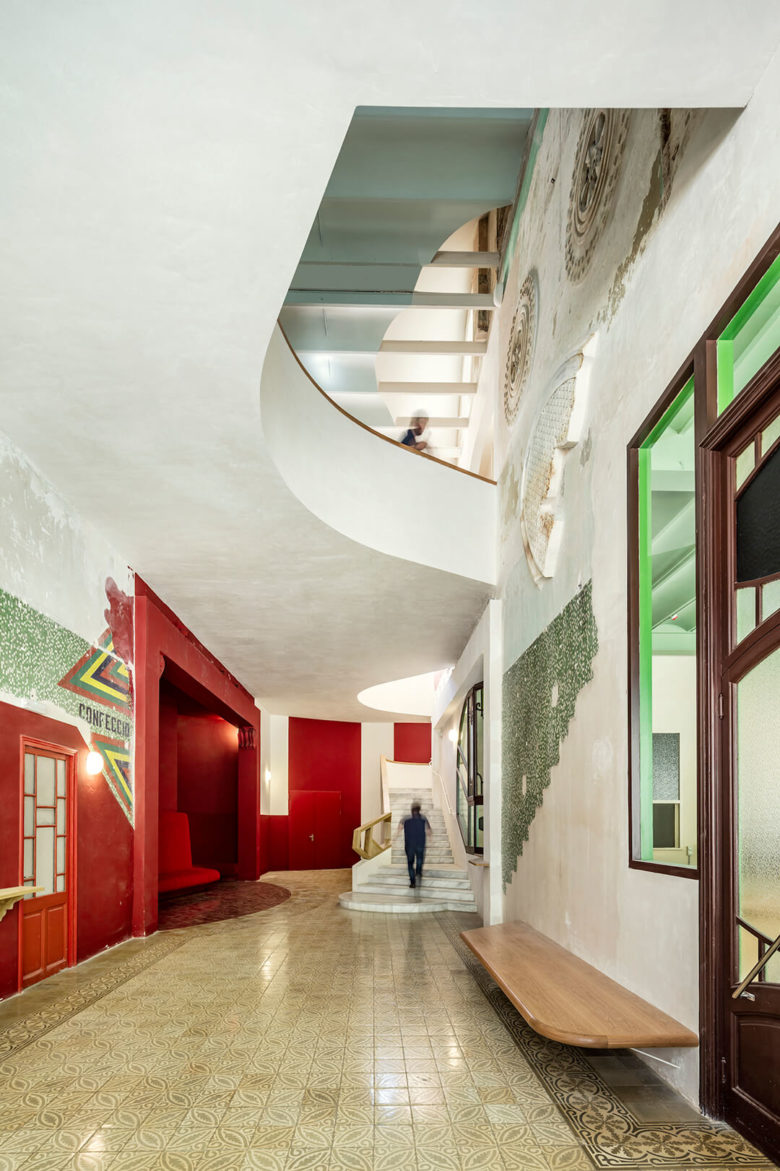
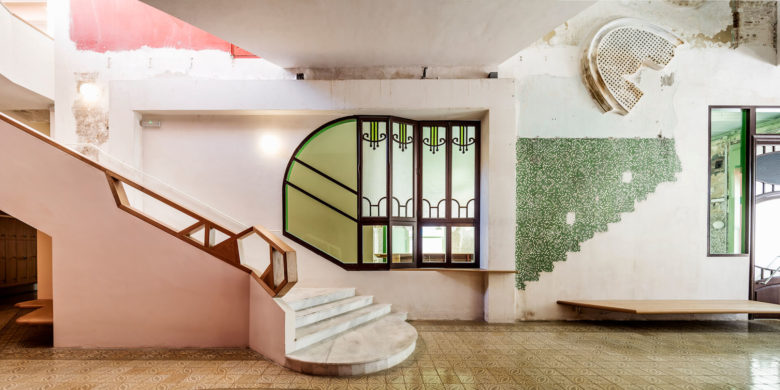
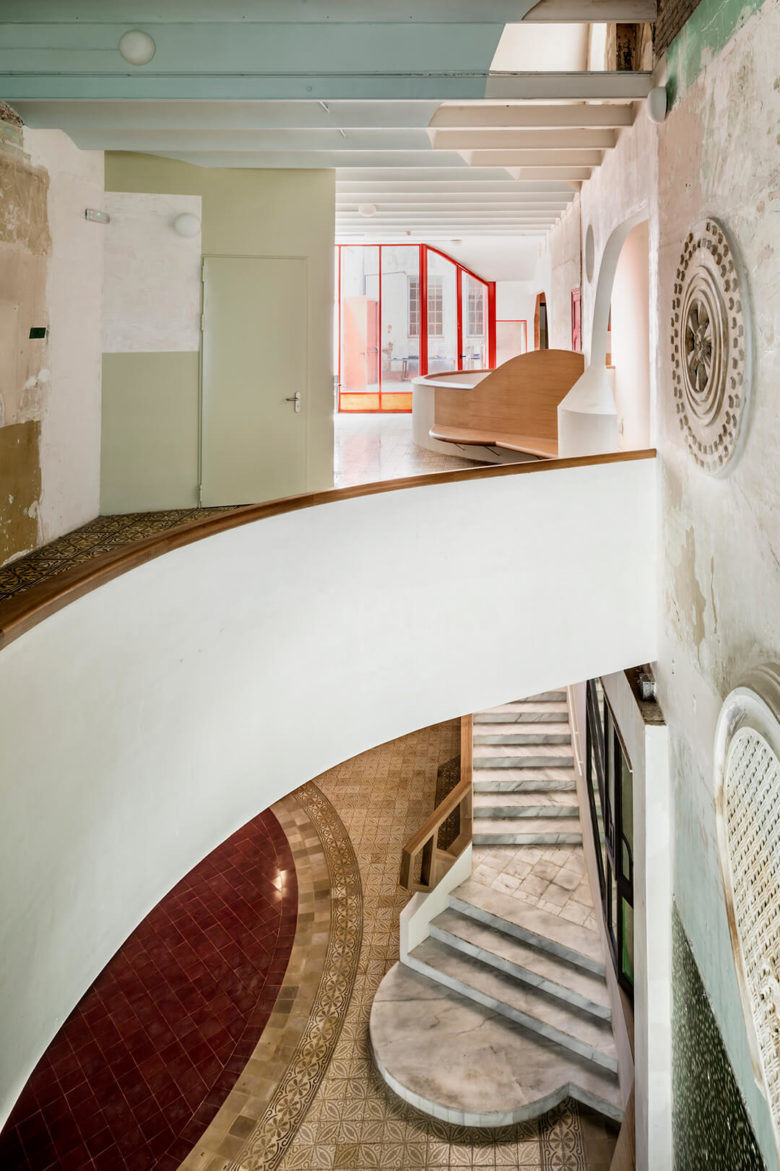
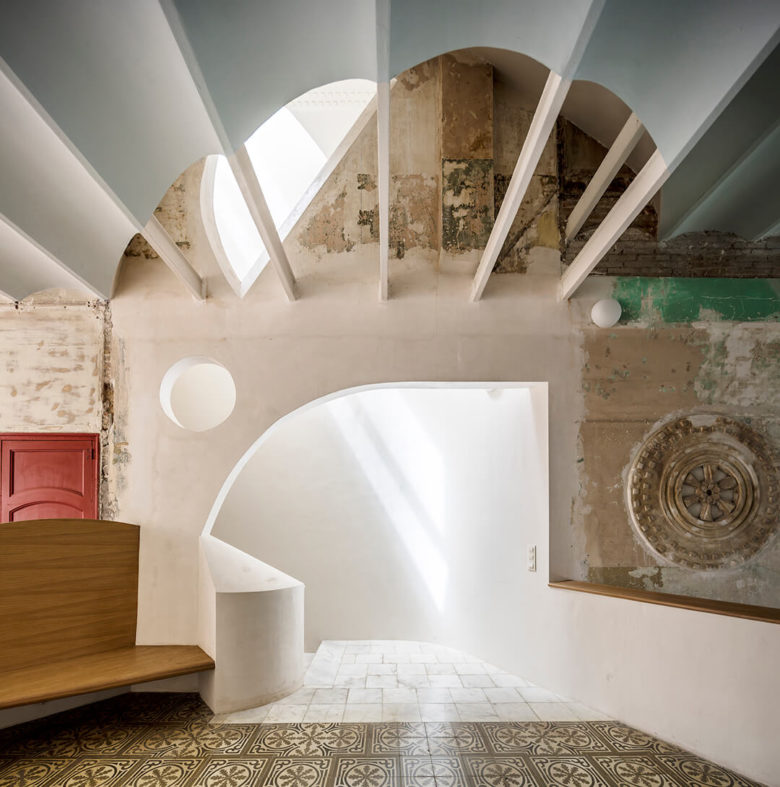
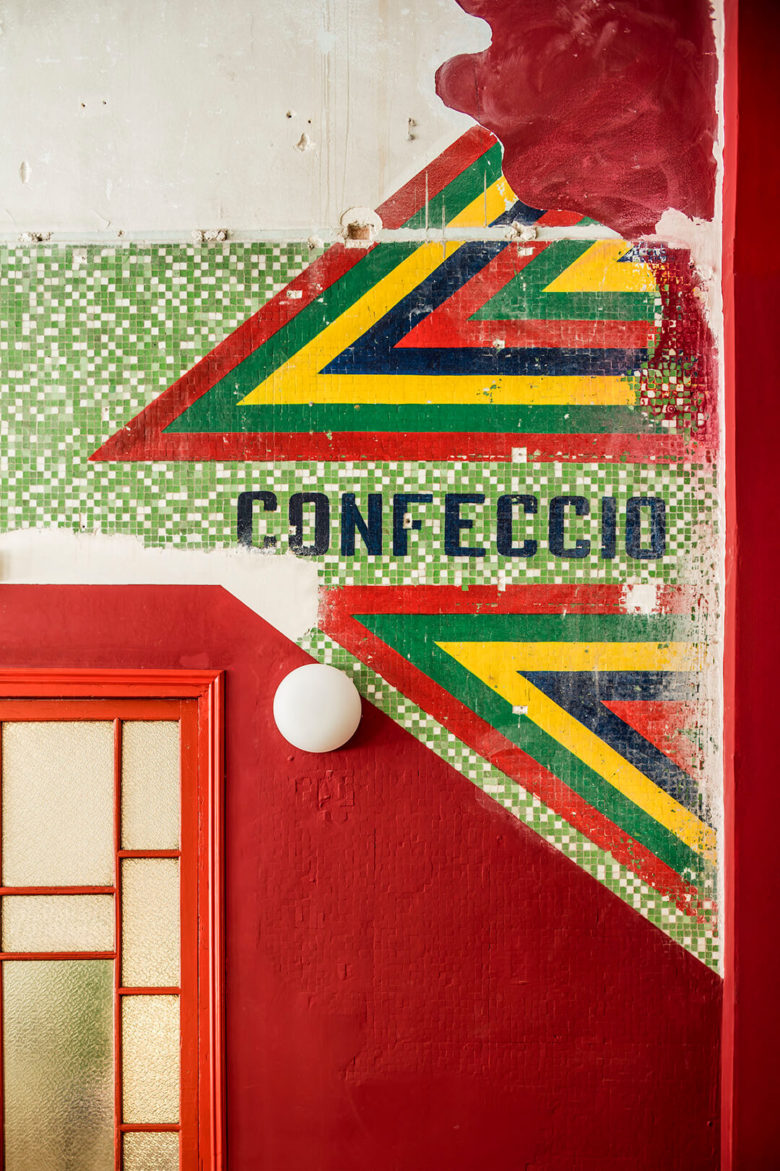
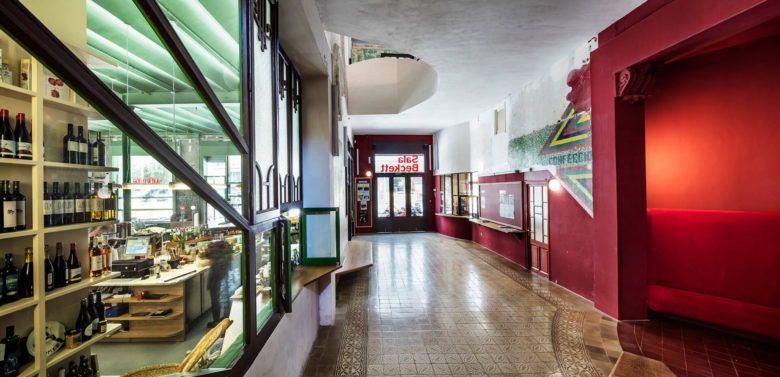
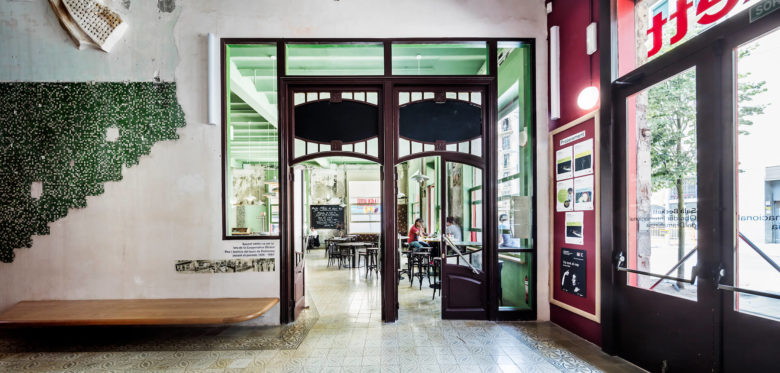
Add to collection

